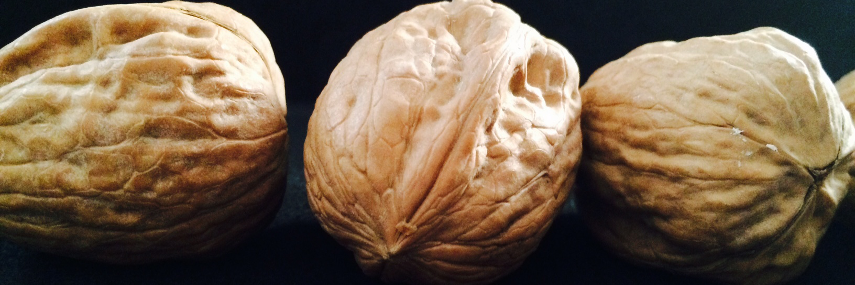
As not-for-profit corporation CRL is a legal entity, registered in the State of Illinois. This measure of public oversight requires a certain degree of transparency. That transparency is provided by a set of published bylaws, which determine where fiduciary responsibility resides and dictate how decisions are made about the organization's property and assets. (CRL assets include a 165,000 square foot building and the land on which it sits, a collection of five-million volumes, and reserve funds of about $4 million.) In effect, CRL’s bylaws identify “the deciders.”
Ultimately those deciders are CRL’s institutional members. Because there are too many of them to involve in day-to-day decisions, the bylaws give the authority for making decisions to a fifteen-member Board of Directors, elected by the members at the annual Council of Voting Members meeting.
As you can see from the list of current Board members, the makeup of the Board tends to mirror our member population, in terms of regional distribution and type of institution. Library directors on the Board represent Ivy League universities in the Northeast, Canadian research universities, major public universities in the South, Midwest and West, and four-year liberal arts colleges. In addition to library directors, we have found that university provosts bring a valuable perspective to CRL governance that helps ensure that CRL is in step with the larger realities of higher education. CRL governance also benefits from the inclusion of heads of learned societies and representatives of the world of scholarly research.
Oversight of CRL collection development and the direction of CRL programs is delegated by the Board to the Collections and Services Policy Committee. Serving on that committee are knowledgeable individuals from member institutions, chosen for their expertise in relevant areas, such as preservation, IT, collection development, and administration.
This sort of operational democracy also extends to CRL acquisitions. Each year individuals from member libraries nominate major microform and print collections for CRL consideration. Member voting on those materials then determines which collections CRL acquires.
So the people who decide things at CRL should look very familiar to people at CRL member libraries. They are their colleagues and constituents.
This entry is part of the "CRL in a nutshell" series. Additional entries from this series are available here.
Bernard F. Reilly
President (2001-2019)
Center for Research Libraries